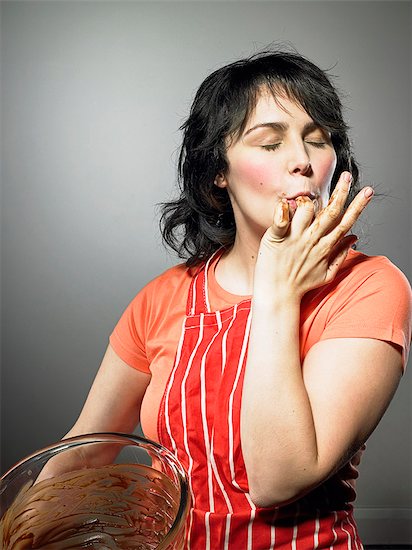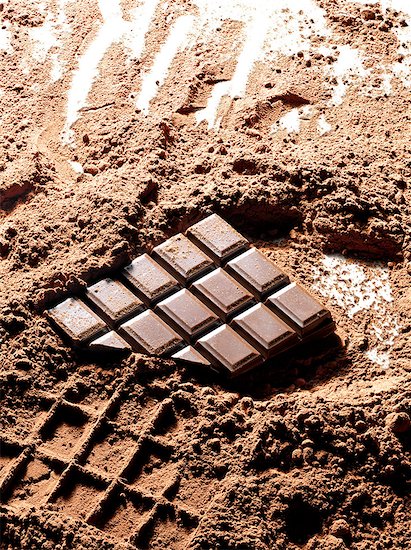Chocolate. A decadent treat. A luscious indulgence whose benefits are better (and longer lasting) than a kiss. From sea salt truffles to warm-from-the-oven cookies, chocolate is a gooey, mouth-watering goodness rumoured to arouse the same feelings as falling in love.
Eating chocolate really can give your brain a pleasant buzz and not just in the love & lust department. The chemicals in chocolate increase the brain’s blood circulation for up to three hours, boosting general alertness and increasing cognitive abilities. One study of nearly 1,000 people showed those who ate more chocolate had better visual/spatial memories and powers of concentration, as well as measurable gains in abstract thinking and memorization skills.
So do pictures of chocolate have any impact? They might. One study suggested that chocolate consumption affected different areas of the brain in people who frequently craved it. ‘Chocoholics’ are so susceptible to chocolate caramels or two bite brownies that pictures of chocolate are enough to cause a reaction.
The flavanols in cocoa responsible for chocolate’s benefits are found mainly in dark chocolate (with at least 70% cocoa) compared to milk or white chocolate. Chocolate also contains a bit of caffeine and magnesium, providing a quick pick-me-up and stress buster in one. Of course, there’s all those feel good endorphins too. Lest you take this as permission to eat as much chocolate as you want, researchers have cautioned that we can now eat “small amounts of chocolate without guilt”. When it comes to chocolate, I plan to remain very generous with my definition of “small”.

















